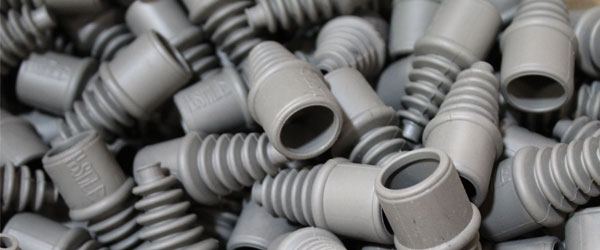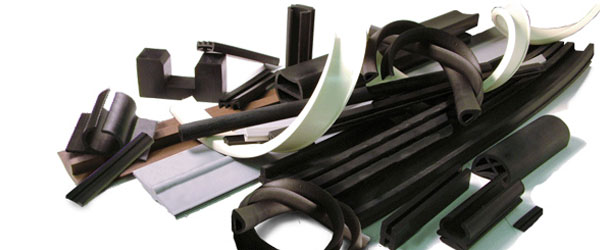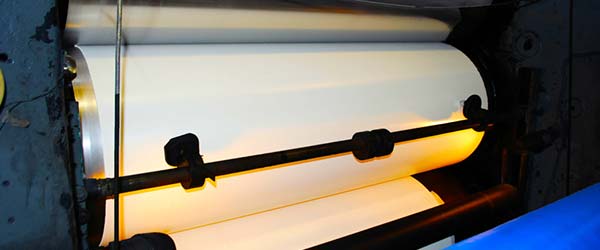Hi. Flynn Sears here checking in on a Technical Rubber Extrusion Process piece: Tackling Extrusion Die Swell . The Extrusion process is still largely a form of art on the part of the operator. There is no cavity to form the rubber part in the curing process. Rather, the extrudate must go through the vulcanization process in a free-floating manner. All dimensional tolerances must be held in a ‘free space’ environment as the extrudate transitions phase from an uncured to cured state. For this post though, I will just make a couple of points about rubber compounds and how we at Goodyear can design a formula for your toughest extrusion projects.
Most elastomers exhibit, in the uncured state, a phenomenon termed elastic memory. ‘Elastic Memory’ is the propensity of the material to try to return to its original shape after that shape has been distorted by application of an outside force. This is the phenomenon that produces swelling after a rubber stock passes through an extruder die. Most fillers, including carbon black, inhibit this elastic property by interfering with the mobility of the elastomer molecules. This interference is a function of the loading of the filler. Extrusions tend to improve to a degree with increasing surface area, but to a much larger degree with increasing structure. The difference between both the extrusion swell and the smoothness of surfaces is very dramatic if one compares for example N326 and N358. In many products the structure level has been chosen based solely on the desirable extrusion characteristics offered by the higher structure grades.
 (909) 987-1774
(909) 987-1774 Email Us
Email Us







